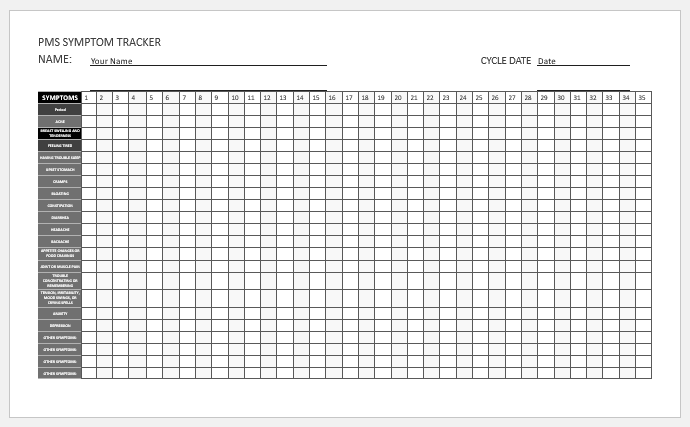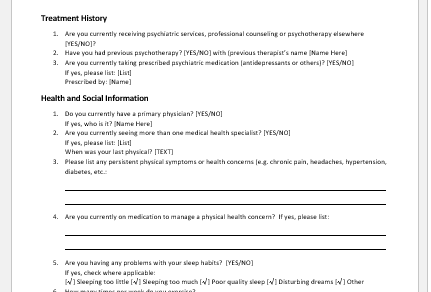Female reproductive life is quite complicated. She has to undergo a lot of hormonal changes throughout the month which affects her body, mind, and mood. Her ovulatory and luteal period makes her experience different emotions and her menstrual period pulls her into another period of an emotional roller coaster. And then there is PMS, which makes a woman so vulnerable and easy to get emotional.
What is PMS?
PMS is an abbreviation used for Pre-Menstrual Syndrome and as the name indicates is a series of emotional and physical changes resulting from the hormonal changes in the body. Premenstrual syndrome comes usually a week or two before actual menstruation and makes a woman go through mood changes and physical modifications. Most women suffer from PMS in one way or the other in their reproductive life.

What are the signs and symptoms of PMS?
Signs and symptoms of premenstrual syndrome are quite general and sometimes very difficult for doctors to diagnose. However, some common signs and symptoms of the condition can be listed below.
- Breast tenderness
- Bloating and weight gain
- Thirst changes
- Food cravings
- Swelling of hands and face
- Fatigue and lethargy
- Acne
- Gastro-Intestinal problems
- Abdominal pain
- Generalized body weakness
- Angry outbursts
- Depression or a sad mood
- Irritability
- Excessive crying tendency
- Lack of sleep
- Poor concentration
- Anxiety and confusion
- Social withdrawal
- Changes in sexual desire
- Changes sleep pattern
What is the mechanism of PMS?
Premenstrual syndrome is mostly associated with the luteal phase of the menstrual cycle of a female. When the exact cause of the condition has not yet been identified, it is attributed to hormonal changes during the luteal phase. Some studies suggest that it is also due to the changed serotonin pattern in the brain just before the menstruation phase. This results in an increased sensitivity towards progesterone. In spite of being a very common condition of the syndrome, the exact mechanism has not been identified yet.
How PMS is managed?
Premenstrual syndrome is managed symptomatically most of the time. But, treatment also depends upon the severity of symptoms. According to the American College of Obstetricians and Gynecologists, relaxation therapy is effective in most normal cases. Yoga, meditation, and some breathing exercises relax a woman during PMS and are mostly advised by the doctor.
Some mild painkillers can also be used for the treatment of abdominal pain. Proper sleep and daily routine also help a lot. Dietary changes have also proved to be affecting the symptoms positively. In severe mood changes, anti-depressants can also be used for the
PMS symptom tracker
PMS symptom tracker is used for diagnosis and deciding the management plan of the condition. The common signs and symptoms are tracked throughout the month and when these symptoms coexist at a specific period, especially just before menstruation. This gives a clue that the woman is suffering from Premenstrual syndrome.
Once the diagnosis is established, a management plan can be devised, and aggravating factors can be removed from life if possible. If the symptoms are severe, strong painkillers and anti-depressants can be prescribed with body-mind exercises.

- Trackers for Medical Facilities
- Diabetes Management Plan Sheet for Students
- Claim Form for Health Insurance Policies
- Application Form for Accreditation of Hospital
- Doctor Workplace ID Card Templates
- Doctor Prescription Pads
- Health Assessment Form Template
- Baby Kick Counter Template
- Miscarriage Medical Certificate
- Personal Health Record Sheet
- Vaccine Storage Temperature Checker
- Travel Declaration Form for COVID-19
- Hospital Cleaning Log
- Pain Log Template
- Multiple Patient Vital Sign Flow Sheet


